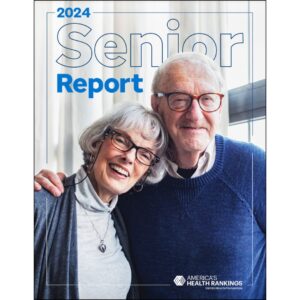Americans living longer, living healthier
In an effort to measure how quality-adjusted life expectancy (QALE) for Americans has changed over the years, researchers at the University of Massachusetts Medical School and Harvard University analyzed data from multiple national health surveys conducted over the past three decades to track the health of the U.S. population. Researchers found an increase in longevity across all demographic groups including blacks, whites, male and female.
The study, published online in the current issue of the American Journal of Public Health, indicates that compared to 20 years ago, today’s 25-year-old will have 2.4 more years of healthy living. And today’s 65-year-old has gained 1.7 years.
Technologic advancements; improved medical treatments, especially in addressing heart disease; and healthier lifestyles have contributed to this increase. However, researchers noted some troubling trends. For example, researchers found that the positive health effects of smoking cessation are countered by an increase in obesity. The study also notes that younger Americans are experiencing more difficulty walking because of a sedentary lifestyle.
“Ironically, many of the clearest gains have come at older ages where people were once disabled by things like vision problems and cardiovascular diseases,” says David Cutler, the Otto Eckstein Professor of Applied Economics and a professor in the Harvard Global Health and Population, in a release. Cutler adds that many of those conditions are more treatable today. On the other hand, Cutler notes that Alzheimer’s disease and dementia remain untreatable.
Researchers note that the QALE study will be valuable to determine the effect the Affordable Care Act will have on health and longevity.

Sandra Hoban was on I Advance Senior Care / Long-Term Living’s editorial staff for 17 years. She is one of the country’s longest-serving senior care journalists. Before joining Long-Term Living, she was a member of the promotions department at Advanstar Communications. In addition to her editorial experience, Sandi has served past roles in print and broadcast advertising as a traffic and talent coordinator.
Related Articles
Topics: Clinical











